SCHRACK Data and telecommunication
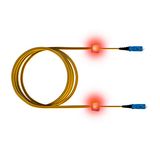
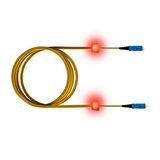
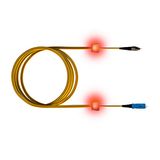

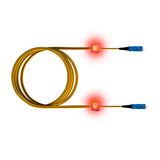


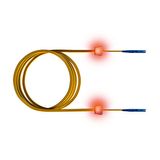
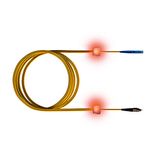
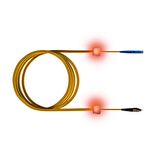
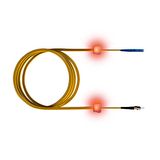

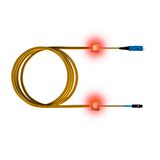



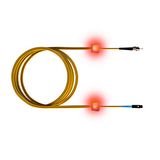
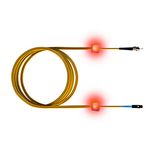
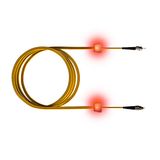

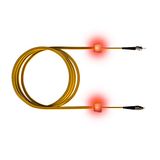
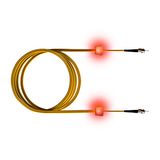
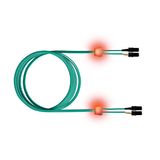





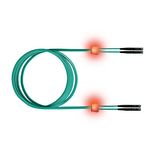
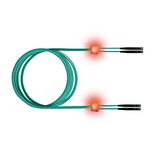
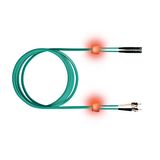
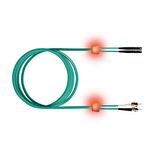
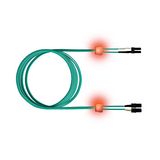
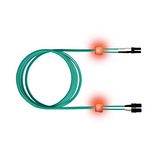

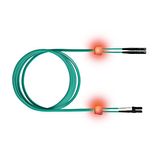

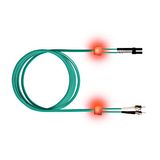


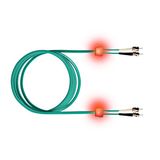
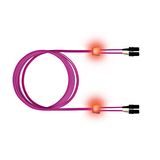

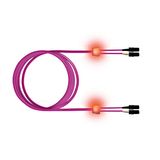
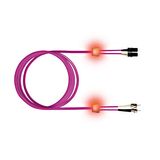
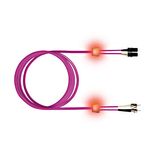

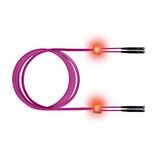
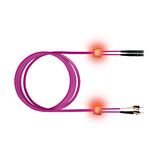

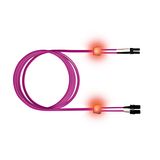
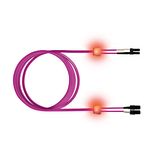

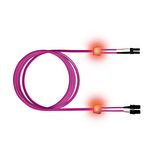

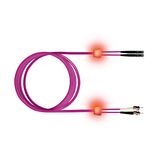
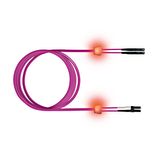

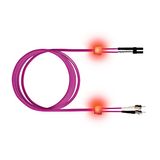
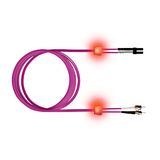
schrack data and telecommunication portfolio for buildings and plants
Designed for deterministic links in noisy industrial halls and dense office risers, the range covers copper Cat5e/Cat6/Cat6A channels and OS2/OM4 fibres with CPR ratings (Eca…B2ca, s/d/a printed on the sheath). Copper is 23–26 AWG with U/UTP for quiet zones and F/UTP or S/FTP where VFDs and welders live. Fibres ship tight-buffered for racks and loose-tube gel-free for trays/ducts, with bend-insensitive G.657 variants for doors and swing-frames.
Schrack product families and series overview
Permanent-link cables (meter-marked, DoP on sheath), pre-terminated trunks, keystones and patch panels, consolidation boxes, floor boxes, and rack accessories share geometry and earthing points with the brand’s enclosures. Patch cords come in LSZH with snagless boots and 50 µin gold; industrial jumpers use PUR jackets and molded glands for e-chains.
Schrack Structured Cabling topologies and CPR classes
Adopt star or spine-and-leaf rooms with dual-homed cores. Keep permanent link ≤ 90 m + patching ≤ 10 m; reserve 20–30 % spare ports per room. Set CPR by route (B2ca-s1a-d0-a1 in egress shafts; Cca/Dca in plant corridors as allowed). Partition trunking so power/drives/I-O stay segregated; where routes must share, use steel barriers and document spacing.
Schrack Communication Modules for panels and floors
Keystones (tool-less or 110-punch), unloaded/loaded patch panels, angled managers, and consolidation points keep terminations repeatable. Shield continuity is handled with 360° clamps at the gland plate; numbered strips and rack-U templates speed audits. Field hubs with M12 inserts support machine islands that need sealed drops.
Technical specifications and standards engineers expect
Copper channels verified to ISO/IEC 11801-1 / EN 50173 and IEC 61156; Cat6A targets 500 MHz with healthy NEXT/PSNEXT margins. PoE IEEE 802.3af/at/bt supported; bundle heat-rise tables provided for warm plenums and ceiling voids. Fibres per IEC 60793/60794; insertion loss typically ≤ 0.3 dB/connector (UPC) and return loss ≥ 50/60 dB (UPC/APC). LSZH jackets meet IEC 60332-1/-3, IEC 61034, IEC 60754.
Schrack rack integration and EMC practice
Patch panels, managers, and bonding studs mirror the 19″ spacing used by protection and control tiers, so data routes align with cabinet drawings. In VFD bays, choose S/FTP or fibre; bond shields 360° at entry, then single-point the drain to FE on serial links. Keep bend radius ≥ 8× OD (copper) and ≥ 10× OD (fibre static); add “waterfalls” at tray drops to protect jacket memory.
Design rules for high-power PoE and cameras (Schrack PoE planning)
For PoE bt (up to 90 W), favour 23 AWG solids and manage bundle counts; don’t exceed ambient 45–50 °C without spacing or larger gauge. Use mid-span or switch power budgets with 20 % reserve; label port class on faceplates so moves/adds don’t break thermal limits. Where error counters creep near weld cells, step up to S/FTP or move the long leg to OS2.
Applications and mixed-platform compatibility
Offices: Cat6 U/UTP for desks, Cat6A for 10 G uplinks. Labs/control rooms: Cat6A S/FTP to ride through EMI. Production islands: short copper to an IP panel, fibre back to the core to kill ground loops. Hospitality/retail: CPR B2ca in public risers with color-coded jacks. All parts land cleanly with Schrack boards and enclosures, so schrack network infrastructure stays mechanically consistent cabinet-to-room.
Commissioning and certification workflow with Schrack tooling
Terminate on a bench, not in the ceiling; keep untwist ≤ 13 mm. Certify the channel with the exact patch-lead spec the space will use. Store OTDR/LLDP maps and rack-U/port labels with the as-builts. Clean, inspect, clean again on optics; document polarity (A-to-B) and cassette maps on the inside door card.
B2B selection checklist for multi-site standards
- Traffic & reach: Cat6 for 1 G desks; Cat6A for 10 G floors; OM4/OS2 where copper limits or EMI dictate.
- Fire & route class: LSZH CPR per corridor/egress; print DoP on the cable schedule.
- EMC: U/UTP in quiet wings; S/FTP near drives; fibre across buildings.
- PoE policy: bundle size vs ambient; label port class; reserve 20 % switch power.
- Service model: one jack footprint and one tester profile across sites; spare cassettes and cords per rack.
Use this to keep schrack telecom systems uniform from tender to FAT.
Procurement and kitting for repeatable rollouts (Schrack)
Order reels cut to pull length + 5–10 % and pre-bag glands (standard + EMC), managers, labels, and cert sheets per room. For racks: panels, cassettes, brush plates, PDUs, and 1U of spare management. Keep a box of colour-coded schrack patch cords in common lengths at each IDF; it prevents “borrowed” leads from derailing certification.
Bankoflamps advantages for network projects
We price against your cable schedule, expose live EU stock before crews are booked, and turn quotes quickly—typically around an hour. Ordering by EAN/MPN prevents variant drift; your portal shows lead times, shipment status, and downloadable price lists. Trusted clients can use post-payment up to 30 days. We consolidate partials to reduce freight and keep price-validity windows stable for phased floors. Your account manager checks CPR class, shield policy, connector type, bend-radius rules, and rack kits against drawings—so pallets arrive site-ready, not “some assembly required.”